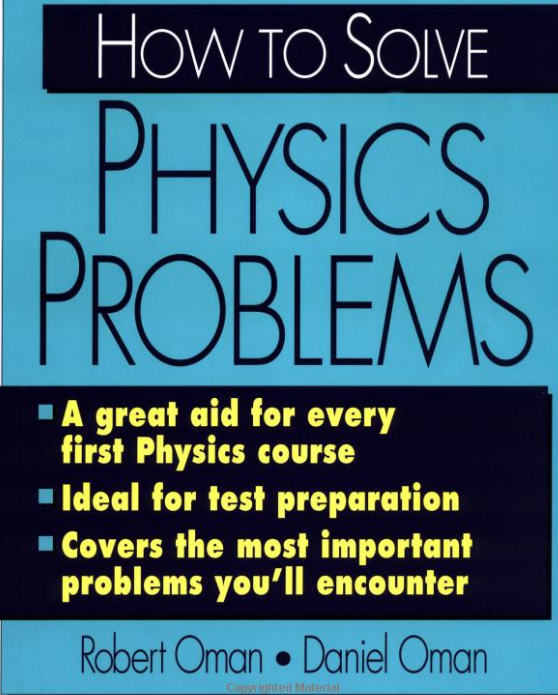A lot of times, the calculus in calc-based physics is used in lectures to derive the formulas, but when you have exams, you do not have to actually use much calculus. So, teachers tend to make the problems harder than what students in an algebra-based physics class will have to deal with, and one way they do that is to break the problems into a bunch of parts and make you solve for five or six different things. And, a lot of times you have to use the solution to one thing to calculate something else. For example, you will be required to solve for time, then use the value that you calculate for time to then calculate the initial velocity, and once you have that, you can solve for something else. Problems that just ask you to (or show you how to) solve for just one thing are helpful to an extent but are not nearly as complex as what you are likely to see on an exam.
Another drawback to the book is that the drawings are really very basic. That was probably a decision to save money, and while you can still figure out what they are showing, they could have been a lot better. So, overall, this will be a good resource, to a point, but if you are taking calc-based physics (or AP physics in high school) it may not be enough.

No comments:
Post a Comment